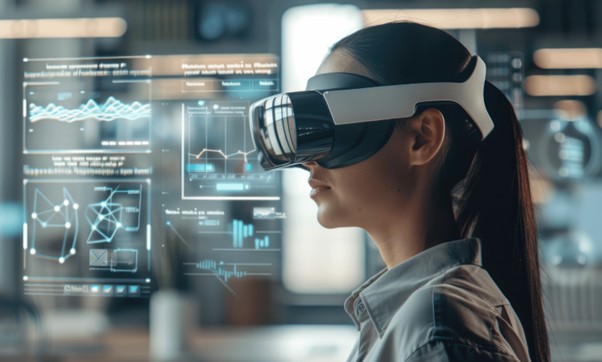Augmented reality (AR) is revolutionizing digital storytelling, creating immersive narratives that captivate audiences like never before. Explore how AR Book is leading the way in innovative storytelling technology – https://arbook.info/en/main/. By merging reality with digital elements, AR enables creators to craft stories that are interactive, engaging, and unforgettable.
AR Adds Interactive Layers to Stories for Deeper Audience Immersion
AR enhances storytelling by adding interactive layers to traditional narratives, allowing audiences to actively participate in the story. With AR apps, users can:
- Interact with 3D objects embedded in the story.
- Uncover hidden plot elements by scanning physical objects or environments.
- Choose their own paths in non-linear narratives.
This level of interaction fosters a deeper connection between the audience and the content, transforming passive viewers into active participants. For example, AR-driven museum exhibits allow visitors to uncover historical facts and stories by pointing their devices at artifacts.
Bringing Characters to Life with Real-Time 3D Animations and Effects
AR technology brings characters to life in ways that traditional storytelling mediums cannot. Real-time 3D animations and effects enable characters to:
- Interact with the audience directly.
- Respond to real-world environments, creating a seamless blend of reality and imagination.
- Deliver personalized experiences based on user behavior.
For instance, AR-powered children’s books allow characters to “jump” off the pages, making the story more engaging and memorable. Similarly, marketing campaigns use AR to create brand mascots that interact with consumers in real-time, fostering a unique narrative experience.
Location-Based AR Storytelling Creates Unique, Engaging Narratives
Location-based AR storytelling leverages real-world environments to craft unique narratives that are tied to specific places. These stories can:
- Transform public spaces into interactive storytelling arenas.
- Offer guided tours with dynamic, location-specific content.
- Enable treasure hunts or mystery-solving adventures tied to physical locations.
A notable example is AR-based city tours where historical landmarks “come alive” to share their stories. This approach not only engages audiences but also promotes cultural and historical appreciation through technology.
AR Fosters Creative Storytelling by Blending Reality with Imagination
One of AR’s most powerful aspects is its ability to blend reality with imagination, pushing the boundaries of creative storytelling. By combining real-world elements with digital overlays, AR allows creators to:
- Develop immersive fantasy worlds anchored in real environments.
- Craft interactive educational content that enhances learning experiences.
- Experiment with new narrative formats, such as multi-sensory storytelling.
This fusion of real and virtual worlds provides endless opportunities for creators to innovate. For example, augmented reality escape rooms use AR to create puzzles and scenarios that challenge players’ problem-solving skills in an immersive setting.
Conclusion
AR is shaping the future of digital storytelling by offering creators tools to craft interactive, immersive, and innovative narratives. From adding interactive layers and bringing characters to life to leveraging location-based storytelling and blending reality with imagination, AR opens up endless possibilities for creative expression. Platforms like AR Book – https://arbook.info/en/main/ are at the forefront of this transformation, empowering storytellers to redefine how audiences experience stories. As AR technology continues to advance, the future of storytelling is set to become more dynamic and engaging than ever before.







